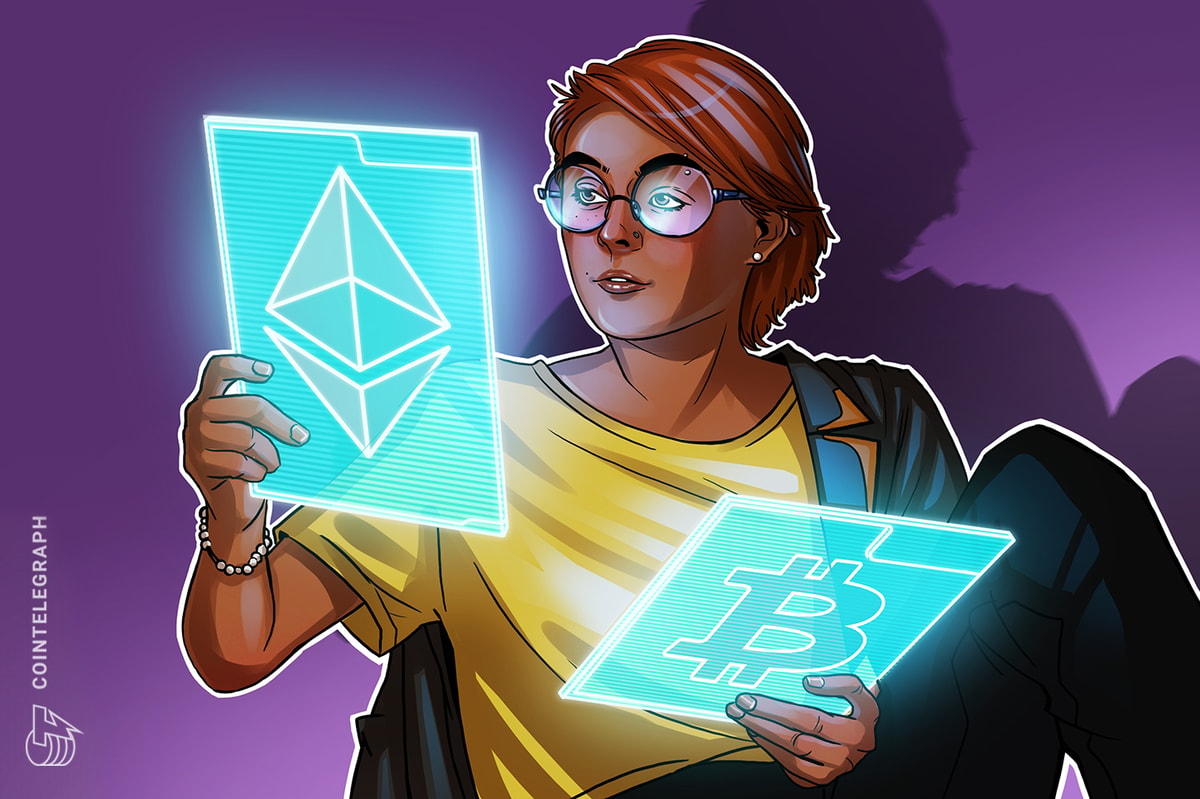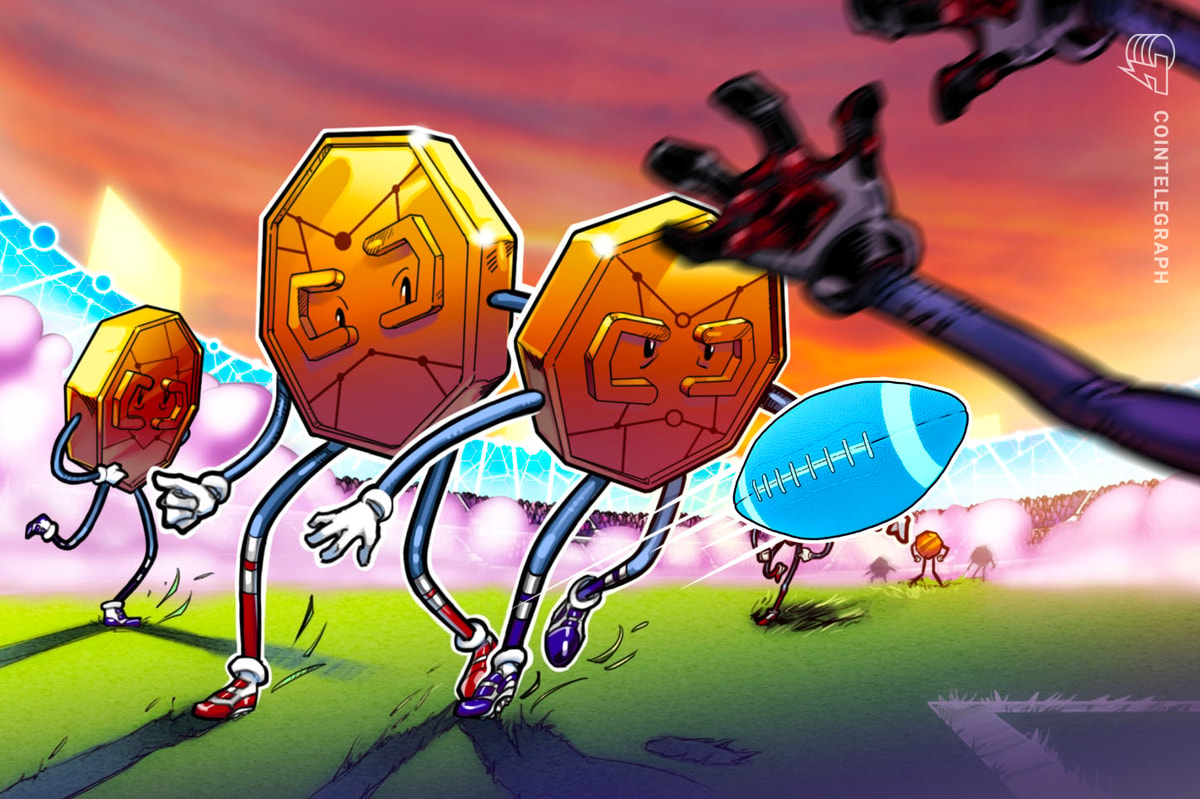Web3 has become a popular buzzword nowadays, which has shown promise but has yet to deliver value at scale. The industry unanimously believes in the underlying blockchain technology but is cautiously optimistic about the value created. One big problem with Web3 is related business models driving sustained monetization and affecting the daily lives of companies and users. Tokenizing everything and selling it is not as easy as one thinks; there needs to be a real demand for the generated supply. Creating, delivering and distributing value equitably is still being figured out. Let us examine some of the flawed business models which have failed or will fail eventually.
Decentralized everything
Web3 is now synonymous with the decentralized web with shared ownership of everything, e.g., content, data, rights, infrastructure, etc. However, ownership is often centralized by folks who own resources, including the number of cryptocurrencies (token rich) and the shift to proof-of-stake solidifies these stakes. In theory, any Web2 application can be built with a Web3 architecture, but its need is often in question. Does the world need everything decentralized from Slack to Zoom to Teams, etc.?
Web3 is unlikely to rip and replace all Web2 systems instantaneously. There is no incentive for an existing Web2 business to convert to Web3, giving away all its assets and ownership from shareholders who invested cash to the community that buys tokens. There are also several people whose livelihood is tied to the Web2 world who will not find it worth giving up their jobs for Web3.
Enabling some Web3 features to scale and enable new business models for Web2 will be the way to go in the short-term and where value will be created. Blockchain has great features like decentralization, immutability, transparency, ownership to users, etc. Companies and projects need to decentralize what makes sense, instead of decentralization of everything for it is unlikely to gain adoption or scale, creating unsustainable business models.
Hype-driven products
It is easy to build a promise about the future based on ideology while throwing around terminologies like Layer-1s, protocols, DAOs, etc. However, building a scaled product adopted by the masses is key and these Web3 products must be orders of magnitude more beneficial than what Web2 offers. Many products and companies have built protocols that are clunky and hard to use, launching tokens and raising money against them by throwing marketing dollars to build hype.
During the favorable market, retail investors also got carried away by this hype, sending prices temporarily high. As the euphoria dwindled, the products which ran on pure hype lost value. This, coupled with a lack of business models can create challenges on the path to recovery — absent real-world use cases. Ideology and marketing dollars cannot be a substitute for a long-term, value-creating business model. An NFT with a real-world use case and utility is far more likely to be adopted and used than a pure speculative JPEG file.
Join the community where you can transform the future. Cointelegraph Innovation Circle brings blockchain technology leaders together to connect, collaborate and publish. Apply today
Competing with ecosystems
This specific part is harder to understand for most projects. The modern era is all about ecosystems and communities. One must develop the ecosystem and find everyone a clear role accretive to the entire ecosystem. Ecosystems have many signatures (e.g., projects launched on the protocol, consumers or users of the project and system integrators if you are vying for adoption). Building a competitive posture to any of them creates tension in these ecosystems and dilutes value for everyone.
For example, a Layer-1 protocol focused on the enterprise should stay away from offering professional services which will compete with the system integrators who can resell them. They should also resist the temptation to build products that compete with ecosystem projects. One can find a variety of examples of these business models that have neither scaled nor attracted serious investments. Investors want their capital to scale, not stagnate.
Anti-network effect
Web3 is an ecosystem-to-ecosystem play; it has the potential to harness network effects at a massive scale — e.g., Metcalfe’s Law (Web2) to Reed’s Law (Web3). However, most of Web3 today is built in silos, creating challenges with scalability, security and interoperability with many trying to address these with fragile and risky technologies like bridges, etc. There are protocols which have stood the test of time, surviving bear markets and generating developer adoption and network effects.
Many Web3 projects went against these existing network effects touting superior technologies and innovation, inventing their virtual machines. In order to gain further adoption, some projects have made investments toward EVM compliance to promote interoperability and further growth.
Free forever
First, let us be clear that Web3 is not and cannot be free. There are costs that projects and companies incur toward infrastructure, marketing, product development, community development, etc. Web2 also promised free models. Although the user didn’t pay money, they were participating in giving away their data for platforms to monetize by becoming a willing target for advertisers.
Web3 promises to make users own their data, hence if Web3 succeeds at scale, users will need to pay for Web3 projects eventually either in crypto or fiat. The free-forever business models are unsustainable as costs eventually mount on these players, and either they charge or dwindle. One important lesson from business models alludes to the fact that moving from free to paid models is painful and alienates communities who first signed up for the promise of “free.” This is a flawed and unsustainable business model.
Concluding thoughts
Most new technologies create hype first, but it does not mean they lack potential. Hype does not solve real-life problems, nor does it create long-term, sustainable value — real solutions have adequate supply, demand and scale. Blockchain will change the way the internet is configured and alter the way business is conducted. However, companies must develop concrete business models generating value while avoiding the trap of going after flawed business models.
The information provided here is not investment, tax or financial advice. You should consult with a licensed professional for advice concerning your specific situation.
Nitin Kumar is the co-founder at zblocks and a recognized leader, author, former consulting partner and VC investor.
This article was published through Cointelegraph Innovation Circle, a vetted organization of senior executives and experts in the blockchain technology industry who are building the future through the power of connections, collaboration and thought leadership. Opinions expressed do not necessarily reflect those of Cointelegraph.
Learn more about Cointelegraph Innovation Circle and see if you qualify to join
Read More: news.google.com









 Bitcoin
Bitcoin  Ethereum
Ethereum  Tether
Tether  XRP
XRP  Solana
Solana  USDC
USDC  Dogecoin
Dogecoin  Cardano
Cardano  TRON
TRON  Lido Staked Ether
Lido Staked Ether  Wrapped Bitcoin
Wrapped Bitcoin  Sui
Sui  Chainlink
Chainlink  Avalanche
Avalanche  LEO Token
LEO Token  Stellar
Stellar  Toncoin
Toncoin  Shiba Inu
Shiba Inu  Hedera
Hedera  USDS
USDS  Wrapped stETH
Wrapped stETH  Bitcoin Cash
Bitcoin Cash  Litecoin
Litecoin  Hyperliquid
Hyperliquid  Polkadot
Polkadot  Binance Bridged USDT (BNB Smart Chain)
Binance Bridged USDT (BNB Smart Chain)  WETH
WETH  Bitget Token
Bitget Token  Monero
Monero  Ethena USDe
Ethena USDe  WhiteBIT Coin
WhiteBIT Coin  Pi Network
Pi Network  Wrapped eETH
Wrapped eETH  Coinbase Wrapped BTC
Coinbase Wrapped BTC  Pepe
Pepe  Aptos
Aptos  Dai
Dai  Uniswap
Uniswap  OKB
OKB  Bittensor
Bittensor  sUSDS
sUSDS  NEAR Protocol
NEAR Protocol  Ondo
Ondo  Gate
Gate  Internet Computer
Internet Computer  Official Trump
Official Trump  BlackRock USD Institutional Digital Liquidity Fund
BlackRock USD Institutional Digital Liquidity Fund  Tokenize Xchange
Tokenize Xchange  Ethereum Classic
Ethereum Classic